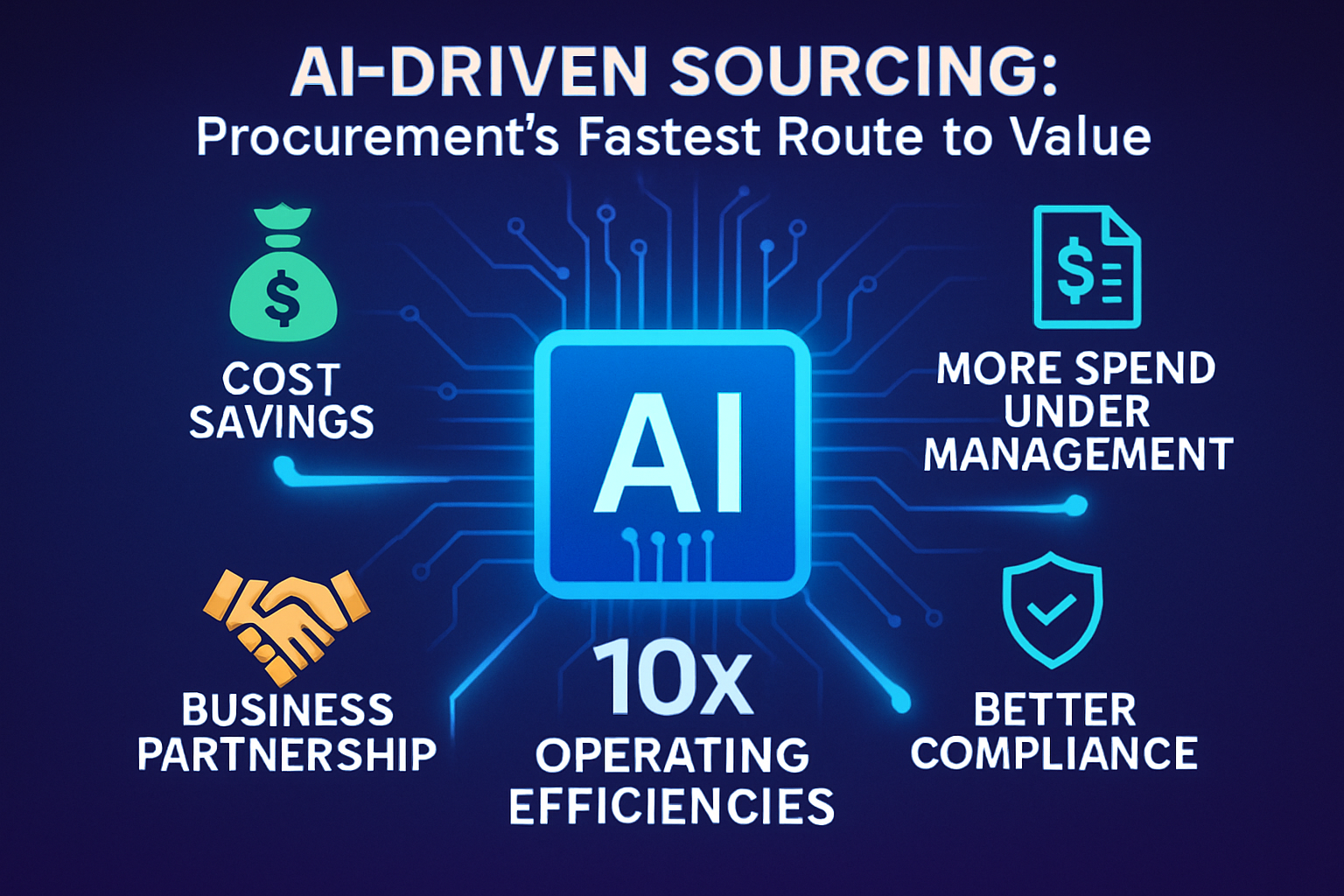Autonomous Procurement: The Key to Cutting Universities’ Soaring Operating Costs
Universities and other higher education (HE) institutions face well-documented financial challenges in today's rapidly changing landscape, ranging from declining public funding to increasing operating costs and changing student demographics to evolving market dynamics.
And, like all organizations, the cost of running a university continues to rise due to inflation, increasing labor costs, and technology investments. Energy expenses, maintenance of facilities, research equipment, and library resources all contribute to the escalating operating costs that are straining institutional budgets like never before.
Meanwhile, changing demographics, including declining birth rates and shifting student preferences, also pose new financial challenges for universities, while the globalization of higher education has led to a surge in the number of institutions vying for students, research grants, and partnerships, which in turn means universities must invest more in their international marketing efforts.
Operational costs running out of control
Research earlier this year found that universities and colleges across the US now spend more on administrative expenses and other services than they do on teaching their students, something which is causing understandable concern within the industry.
“Most U.S businesses are doing tasks with fewer workers,” says Richard Vedder, an economist and distinguished professor of economics emeritus at Ohio University, who was previously director of the now-defunct Center for College Affordability and Productivity, an independent non-profit center in Washington, D.C. “But the number of (college) administrators has soared relative to the number of students and to the number of faculty, and there’s a corresponding increase in the cost of doing business.”
And as Forbes recently reported, four of the 14 universities currently in the Big Ten conference have revealed they are facing significant budget shortfalls - topping $100 million at two institutions.
Indirect spend – an area ripe for savings
However, there’s an area of universities expenses which is often overlooked that can yield immediate cost savings of 20% – an absolute goldmine in today’s economic environment – namely, indirect spend. That is everything a university spends on those all-important IT investments, as well as the marketing budget, facilities and property maintenance and outgoings, and other expenses such as HR services, and any consultancy work from outside experts.
IT is a crucial aspect of modern universities, supporting various functions such as infrastructure, software and hardware systems, networking, and cybersecurity and can take up to 15% of an institution’s budget in order to ensure effective administration, teaching, research, and communication.
Similarly, universities need first-class marketing programs not dissimilar to corporate companies so competitive is the HE market today. In fact, US-based universities are now spending billions of dollars each year to attract new students, according to this Washington Post article.
At most institutions, the bulk of these costs – which are likely to account for 30-40% of the overall budget – are unmanaged, meaning they are awarded to suppliers without any competitive bidding or transparent sourcing process to ensure that the best-fit provider is awarded the work. Instead most buyers will rely on the same incumbent supplier regardless of cost or performance, leaving substantial cost savings on the table.
Deliver instant savings with autonomous procurement
The reality is that to maximize your institution’s value from its indirect spend requires market knowledge that may be at a premium, or even completely absent from your org chart so you may have to contract for sector expertise from a management consultancy third party—adding to the very costs you are looking to curb.
Some universities may like to think they’re on top of all this and have a purchase order for every sourcing project which means that somebody approved the spend and the finance team got invoiced for it. So this must be a rational process with the right governance and approval mechanisms in place. But very little of this indirect spend is subjected to a fair and inclusive sourcing process – in our recent survey of global procurement leaders, only one quarter of respondents required a transparent, competitive buying model for their indirect spend.
But the advent of new AI-powered autonomous sourcing technology means universities, colleges and other HE institutions can now quickly and easily find the best-fit supplier for all of the above indirect spend requirements. This will deliver immediate cost savings of up to 20% through increased supplier competition, as well as 70% efficiency gains and 20X ROI.
Using this innovative technology, which incorporates generative AI throughout its model, stakeholders at universities are quickly guided through the process of defining their sourcing needs by the AI-powered bot which then presents a list of qualified, pre-vetted suppliers. Users can then negotiate with their preferred suppliers while taking advantage of intelligent insights to ensure they select the best provider every time.
Using AI to meet today's financial challenges
As this article in Forbes, by Michael Nietzel, President Emeritus of Missouri State University reports, colleges are already benefitting from the adoption of AI-powered technology in areas such as enrolment, student retention and donor targeting. There is no reason why they should not also benefit from the opportunity to better manage their spend, reducing OpEx and cutting costs with new efficiencies and greater supplier competition.
With the funding climate for universities and colleges set to become even tighter over the coming 12-18 months, those who act now to slash their indirect spend by 10-20% will be able to allocate more valuable funds to the vital staffing, research and long-term investment to position themselves at the head of an educational market that is more competitive than ever.
Check out how our AI agent, Glo, delivers 70% efficiency gains, 10-20% cost savings and 20X ROI.


